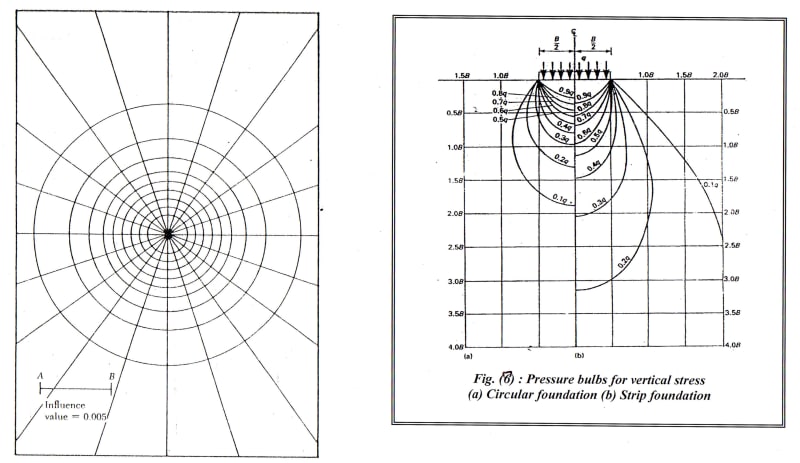TroyD
Structural
- Jan 28, 2011
- 98
I could use some input from a geotechnical engineer on this topic. The attached sketch shows a foundation section at a commercial building addition. The existing building is from 2003, and the original plans indicate the allowable soil bearing capacity is 2,500 psf. (The original geotech report is not available). There was no soils investigation for this addition, so the new footings have been designed for 1,500 psf (assumed). The existing foundation is to frost depth (SE Minnesota, 42 inches). I proposed a slab with thickened edge along the existing wall. The building official structural plans reviewer is requiring a geotechnical engineer verify that the existing lower footing will not be overloaded with surcharge loads. Note that the original footing is back-filled on both sides; there is no retained soil condition. Is this a valid concern? I think the wall load would distribute outward into the soil over a greater width.
Any input is greatly appreciated.
Any input is greatly appreciated.

